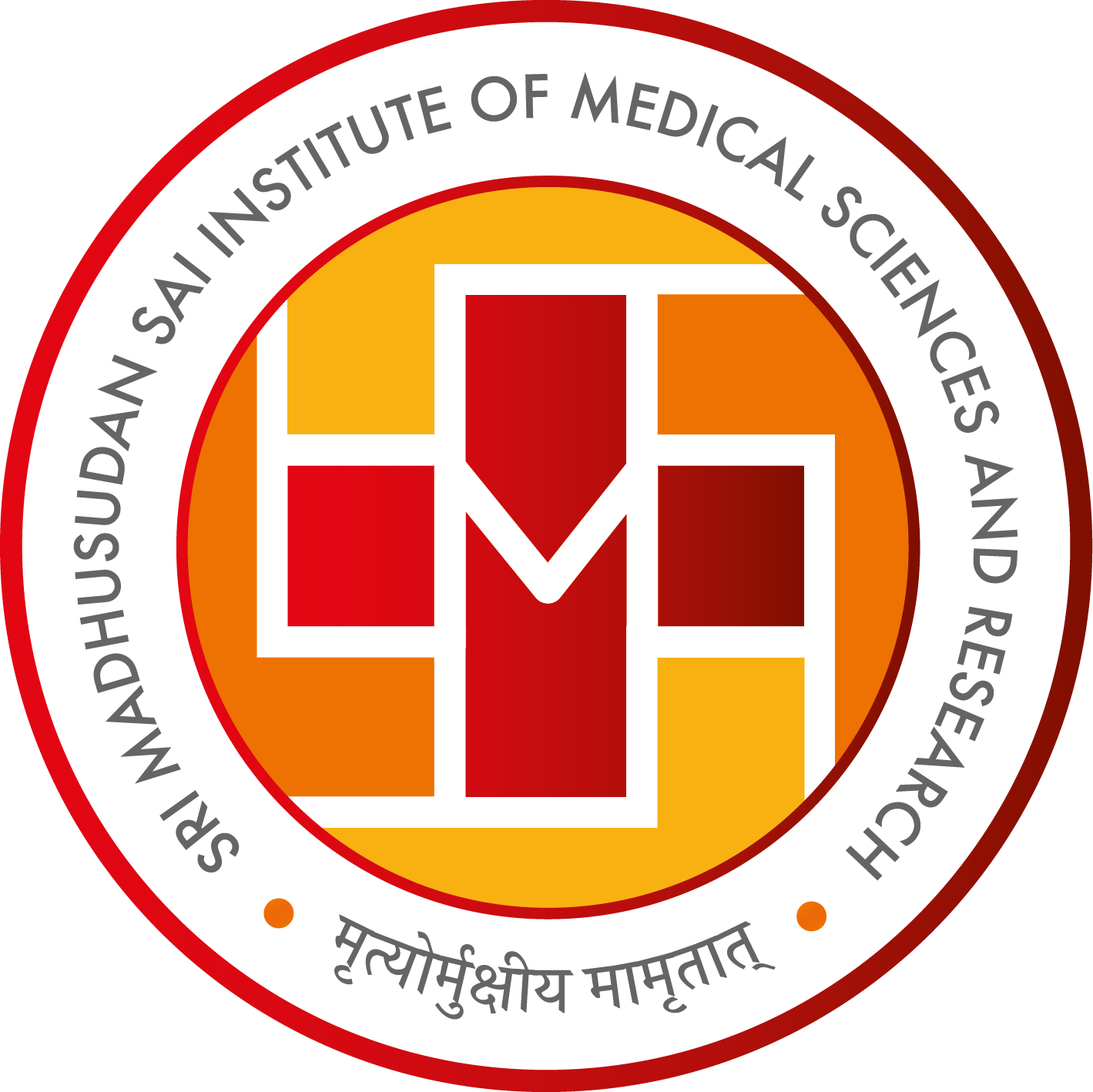During their Research Internship training at the National Institute of Technology (NIT) Warangal, Ms. Sanjana BS and Ms. Hema HS, second-year M.Sc. students, along with Dr. K. Jayanthi, Assistant Professor from Sri Sathya Sai University for Human Excellence, visited the Energy Materials and Devices (EMD) group of the Department of Physics. They reported that under the guidance of Prof. D. Haranath, they were briefed on the ongoing research activities in the lab, witnessed the working of various instruments used for research, and had discussions with five research scholars working under Prof. Haranath's guidance. They discussed the various phosphors developed by the scholars and their applications in solid-state light emitting devices, long afterglow phosphors/nanophosphors, and DUV-C/B/A phosphors for sterilization, phototherapy, and infant jaundice. Dr. K. Jayanthi provided an explanation on luminescent materials and shared information about the fluorescence and phosphorescence phenomena observed in their laboratory. During their stay at NIT Warangal, they learned the basic principles of various synthesis techniques such as solid-state reaction and auto-combustion route for developing UV and visible emitting phosphor materials for display applications. They conducted experiments using the solid-state reaction technique to synthesize DUV-C light emitting phosphor materials doped with Pr3+ and Mg in Ca2Al2SiO7 for sterilization applications. They varied parameters like temperature, standing time, host, dopant, co-dopant concentrations, and flux variations to achieve efficient light emission in the DUV-C region. They also replaced the host lattice with different Group II elements and chemical fluxes such as Boric acid, Disodium Tetraborate, and Ammonium Fluoride to optimize the synthesis conditions. The introduction of dopants and co-dopants helped them achieve the desired emission wavelength in the DUV-C region and employ new band-gap engineering technology. They successfully prepared approximately 30 phosphors by varying the aforementioned parameters. The samples were ground using a mortar-pestle, packed in alumina boats, and fired at high temperatures in an oxygen-rich atmosphere using an indigenous muffle furnace. They learned to operate microprocessor-controlled high-temperature muffle and tube furnaces, along with other minor equipment in the laboratory. The samples collected from the furnace were packed in air-tight containers for further characterization. The photoluminescence characterization was carried out using a sophisticated imported analytical instrument called the Luminescence Spectrophotometer [Hitachi, model: FL-2710] to determine the excitation and emission wavelengths of the prepared silicate phosphors. They also had the opportunity to visit the CSIR-Indian Institute of Chemical Technology in Hyderabad, where they were introduced to various instrument labs and learned about the working principles of high-end imported equipment such as Fluorescence Spectrophotometer, Pore size Analyzer, Raman Spectrometer, Field Emission Scanning Electron Microscopy (FE-SEM), X-Ray Diffractometer (XRD), High-Resolution Transmission Electron Microscopy (HR-TEM), and X-RAY Photo-electron Spectroscopy (XPS). The students expressed that this experience provided them with valuable insights into the research activities conducted in various Physics labs and emphasized the importance of developing efficient and environmentally friendly devices that benefit society. They felt that the internship was worthwhile and motivating, as it helped them identify potential research topics for their upcoming semester's dissertation research and future doctoral studies.
Click here to go through the complete report: https://drive.google.com/file/d/1SfyKENOhER9-dF3wPiw1G2dVdiQYMGcl/view?usp=share_link





